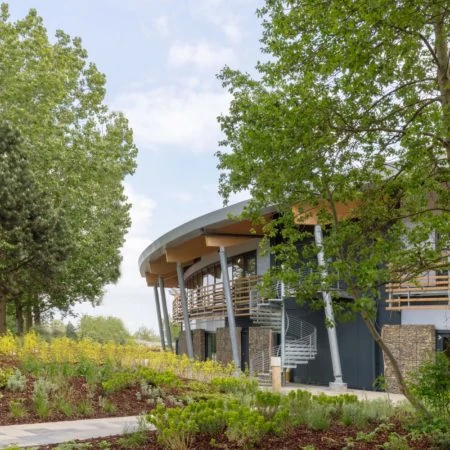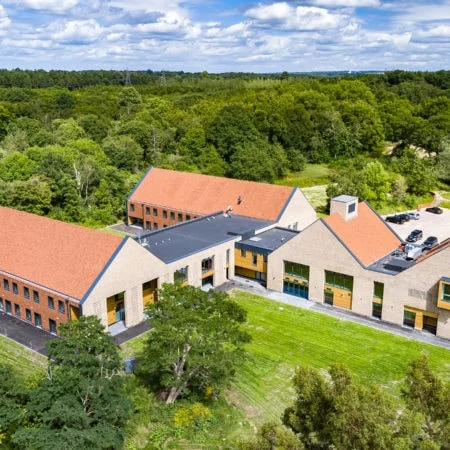What we build and how we build it is pivotal to tackling the climate crisis. As designers, we now need to factor in carbon cost alongside performance, function, aesthetics and the cost. To ensure our built environment stands the tests and rigours of time, none of these considerations can afford to be compromised, but to achieve a net zero future, we must consider the whole lifecycle of materials that are used in our buildings – from the structure to the soft furnishings.
Creating sustainable spaces goes beyond the building envelope – it’s about carrying the same ethos through to the interior fit out and everything that sits inside the shell. We have to respond to the climate emergency by embracing the whole-life carbon agenda and the principles of the circular economy. It might not sound sexy, but specification is the single most important frontier in the fight against carbon emissions.
“We should be able to strip out interiors at the end of their life and either re-utilise them in other ways, or de-fabricate them to be manufactured into something new.”
Choosing and verifying ‘sustainable’ materials for a project isn’t easy. Information from suppliers is inconsistent, and digging down into a material’s true carbon cost can be challenging. It’s not just the environmental credentials of individual materials, but knowing if and how they can be usefully reused or recycled effectively at the end of their lifespan. In a truly net zero world, we should be able to strip out interiors at the end of their life and either re-utilise them in other ways, or de-fabricate them to be manufactured into something new. Looking at the building fabric, how could the component elements be dissected and re-purposed? It’s not just a case of looking at using more recycled and renewable materials in the first place but asking ourselves how it can be recycled effectively in the future?
We come up against a multitude of established sustainability targets to aim for, depending on country or client requirements – such as BREEAM, LEED, or SKA. Making sure products satisfy these accreditations can be difficult – making it hard to specify with confidence, especially with more innovative products. The ability to recycle or reuse complicates this further but we do want to encourage innovation in supply chains to deliver long-term change in a way that benefits the whole industry.
“We need] to create generally accepted and effective standards which define how we measure whole life carbon.”
One of the major hurdles to achieving this is that there is no straightforward or standardised way to measure the carbon impact of a material or building’s potential lifespan. The Greater London Authority’s proposed Whole Life-cycle Carbon Assessment, and the principles they have defined to reduce carbon emissions, is a step in the right direction. These emphasise durable construction, the reuse, retrofit, and recycling of structures and materials, as well as the local sourcing of products and shortening of supply chains. The consultation on these plans closed earlier this year – and we’re due to hear more soon, so it’s one to watch.
Achieving net zero will require close collaboration between industry bodies, suppliers, contractors, designers and consultants to create generally accepted and effective standards which define how we measure whole life carbon and to continue to develop reusable and genuinely carbon neutral products. It’s a huge challenge for the industry, but if we can crack specification it will become much easier and cheaper to deliver truly sustainable buildings and a net zero future.

This article is by Simon Bird
Simon is a director of the practice, taking a leading role on strategic, interior and architectural projects.



